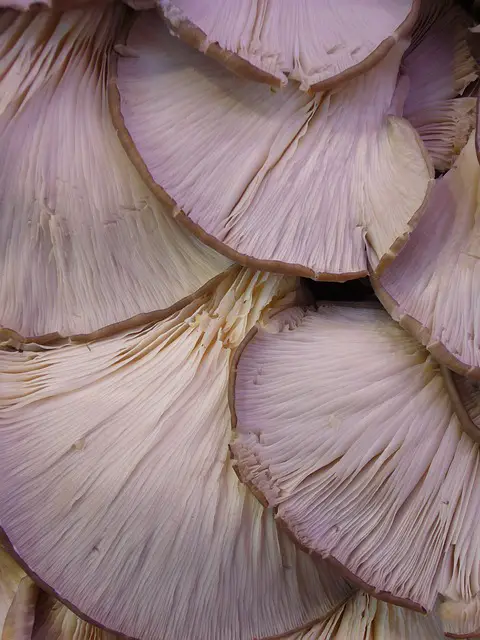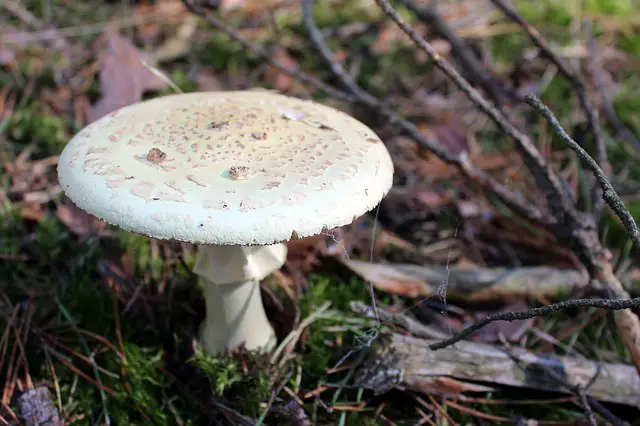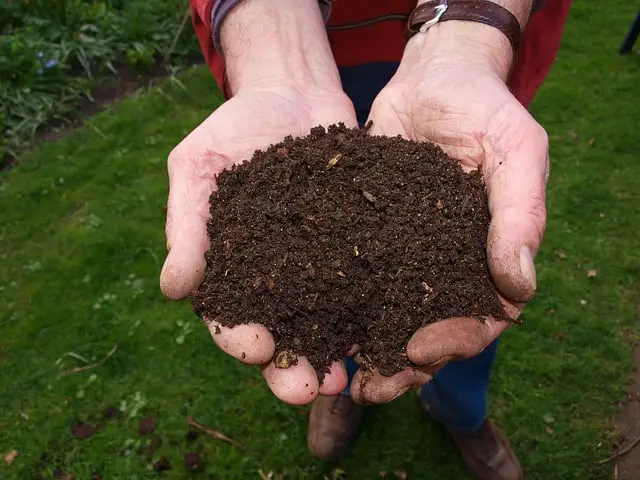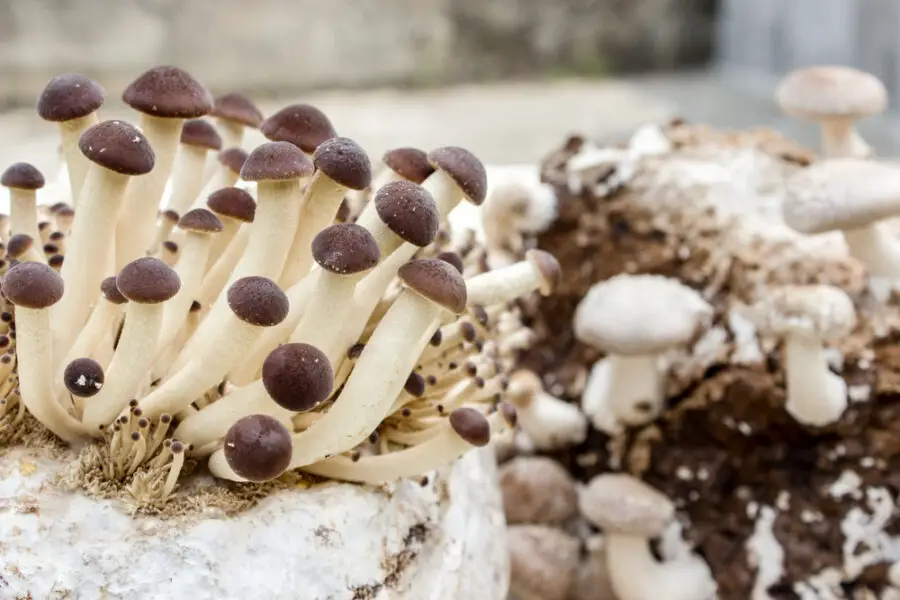Are you confused on just how big mushrooms manage to make common field mushrooms? The ins and outs of their reproductive lives are fascinating – learn more by reading on!
How Do Mushrooms Reproduce?
Depending on the species, mushrooms reproduce asexually or sexually. In asexual reproduction, a mushroom most commonly reproduces via spores via the above-ground fruiting body (i.e. the mushroom). Fungi can also reproduce asexually by breaking off pieces of themselves via budding or fragmentation.
When a mushroom reproduces sexually, the hyphae of two mushrooms fuse combining their genetic material, and they form a new mushroom to grow in the soil nearby in suitable environments. What you think of as the mushroom – technically called the fruit – is the visible portion, while many colonies have enormous networks underground that potentially spread over many miles.
https://www.youtube.com/watch?v=xocJ8jTriZM
How Do Mushrooms Reproduce Asexually and Sexually?
The structures needed for either form of reproduction are triggered by necessities created by the environment a mushroom is in. Mushrooms that don’t have a reproduction cycle that has been observed are called Fungi imperfecti.
In asexual reproduction, mushrooms create clones of themselves by releasing billions of spores, which can make for far larger numbers more quickly. In some environments, however, sexual reproduction is necessary to form a wider variance in mushroom genetic makeup.

What Makes Mushrooms Different from Plants
The most notable difference between a plant and a mushroom is the way in which they get their food. Because they contain chlorophyll, plants make their own food with the help of the sun via the process of photosynthesis.
Mushrooms, on the other hand, do not have chlorophyll, which means they can’t accomplish photosynthesis. They have the ability to consume decaying organic material, such as dead plant matter, animal carcasses, or manure, in moist environments underground.
Are Mushrooms Dangerous?
Many mushrooms are perfectly fine to consume – healthy for you, even! – as evidenced by their common appearances in salads, on pizzas, and any number of dishes. This doesn’t mean there aren’t also some poisonous varieties out there that you should never eat.
Before eating a mushroom that wasn’t specifically grown to eat and stocked in your local grocery store or supermarket, make certain you know which is which. Do your research, verify what you’re looking at, and if you aren’t absolutely certain a mushroom is harmless, don’t touch it.

Can You Grow Mushrooms at Home?
You can easily set up an area in your home, such as in your basement or in an unused cabinet, to grow mushrooms, or you can buy a pre-assembled growing kit. Some of the most popular choices for amateur growing are oyster mushrooms, white buttons, morels, and shiitake.
This quick how-to video can help you to get started on the basics if you want to grow mushrooms at home. The narrator explains the process, starting with a supply list and taking you all the way through harvest.
Can Mushrooms Crossbreed?
Some mushrooms can mix genes and hybridize within the same species, but different species typically don’t crossbreed. However, it doesn’t occur often in the wild and usually has to be managed with care by actual mushroom gardeners.
When breeding mushrooms to be eaten by the public, hybridization is not allowed for reasons of food safety. For the most part, generations of new mushrooms must rely on their traditional reproductive methods.
Are There Male and Female Mushrooms?
In general, humans have male and female sexes, but mushrooms tend to have a far greater number of them. There is a mushroom named Schizophyllum commune that features over 20,000 sexes within its species alone, and some colonies have been analyzed and found to never repeat a sex between individual mushrooms.
Mushrooms have mating types that are labeled as positive and negative, both of which make it possible to have a limitless array of what could be described as ‘sexes’ among them. Though there’s no visible difference between positive and negative hyphae, each requires the presence of its ‘opposite’ mating type for reproduction to happen.
How to Collect Mushroom Spores
Collecting mushroom spores isn’t at all as difficult as it sounds. Without any specialized tools, you can gather them from wild mushrooms, or even from examples found right in your local grocery store.
Remove the stem from a mushroom and place the cap gill side down on a piece of paper for 6 to 24 hours, until you can see a ‘spore print’ visible. The spores that gather on the paper should be scraped off right into the growing material and cared for from there with the usual instructions.
Reproduction Time
While you should keep in mind that mushrooms grown at home can take longer, mushrooms do grow extremely quickly in the wild. They can go from their parents’ reproduction to mature in a matter of hours, for some species.
Small mushrooms can go from spore to fully grown in about 24 hours. Medium size and large mushrooms with optimal growing conditions can grow to full size in three to four days. Enormous, dinner plate sized mushrooms may take approximately a week to finish growing.
FAQ
Do mushrooms reproduce sexually or asexually?
Mushrooms reproduce in both ways, depending on the species you’re looking at. They can reproduce sexually with homothallic or heterothallic mycelia, which are a network of white filaments, or asexually via budding, spore production, or fragmentation.
What are the three ways fungi can reproduce asexually?
Through budding, a mushroom can grow an entirely new part of their body, which eventually breaks off and takes root on its own. In fragmentation, a piece of the mushroom’s mycelium splits off to become a new mushroom.
The method most people identify with mushroom reproduction is spores. Spores are small particles creates by a mushroom, which are then released in any number of methods, depending on species, to grow new fungi where they land.
Mold are microscopic organisms in the fungus family that are multicellular, characterized by the filaments they feature, which are called hyphae. Mushrooms, also in the fungus family, come in the form of a larger body called the fruit.
Hi, I’m John Stephens, chief editor and writer for Totalgardener.com. I’ve been gardening and raising animals for over 15 years starting with a small backyard plot in Northern Virginia where I grew corn, potatoes, squash, and using a high mulch technique called the Ruth Stout Method. I also raised ducks and small mammals for meat and eggs in a movable pen similar to the ones used by Joel Salatin. I later moved to Colorado where I experimented with growing greens using aquaponics inside. I eventually added a microgreens setup and home sprouting operation. I’m excited to share everything I’ve learned plus more from the other local gardening and animal raising experts I know.



